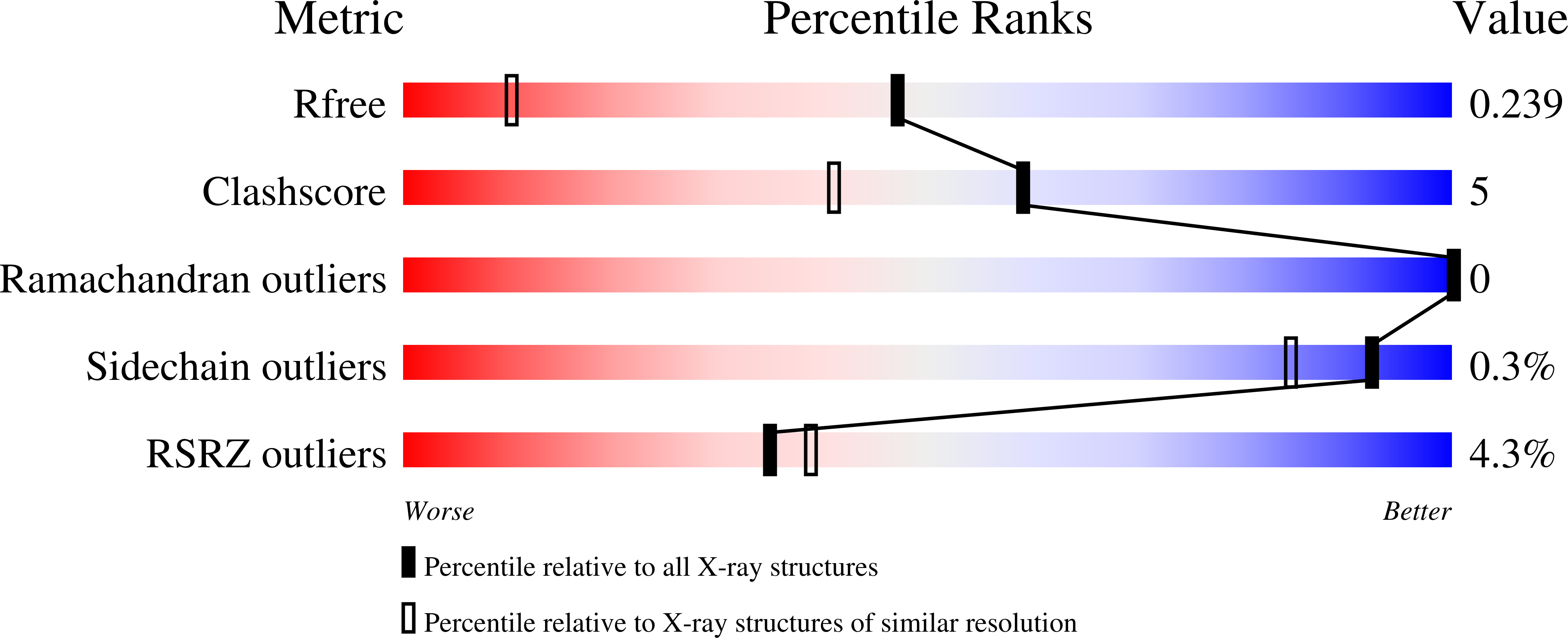
Deposition Date
2023-02-10
Release Date
2023-03-01
Last Version Date
2023-11-29
Entry Detail
PDB ID:
8CIS
Keywords:
Title:
The FERM domain of human moesin with two bound peptides identified by phage display
Biological Source:
Source Organism:
Homo sapiens (Taxon ID: 9606)
synthetic construct (Taxon ID: 32630)
synthetic construct (Taxon ID: 32630)
Host Organism:
Method Details:
Experimental Method:
Resolution:
1.52 Å
R-Value Free:
0.22
R-Value Work:
0.18
Space Group:
P 1 2 1


